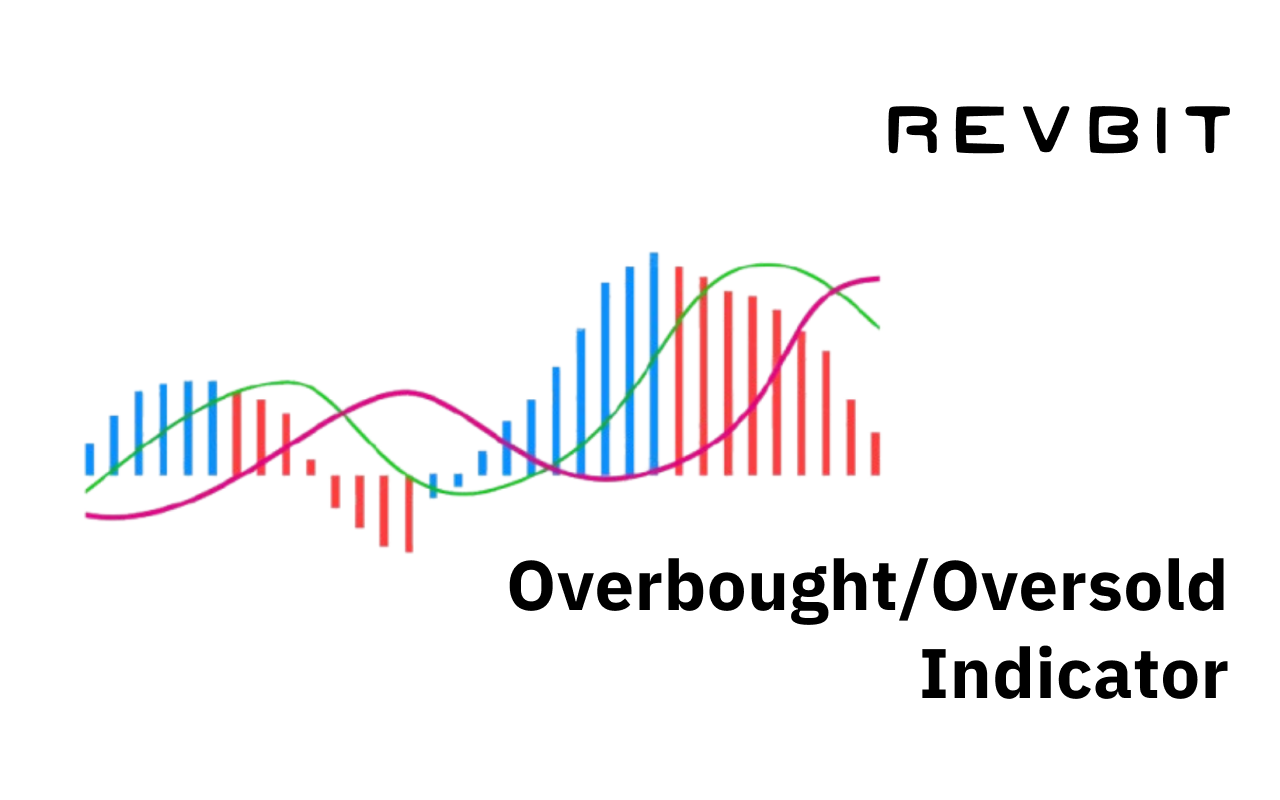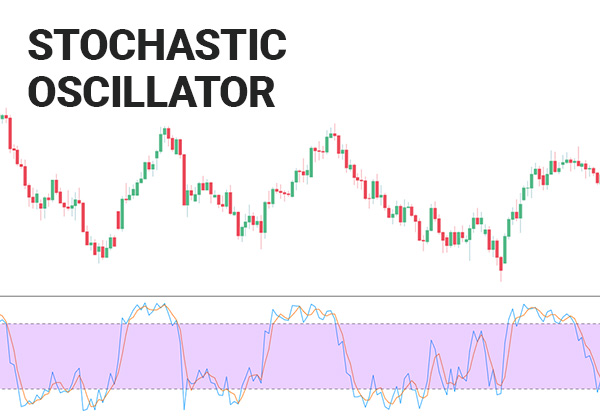
Technical analysis can feel like deciphering a secret code to the uninitiated. Yet, once you crack it, the potential to enhance your trading prowess becomes evident. At the heart of this mysterious world lies the overbought and oversold indicators, essential tools that guide traders in making informed decisions. If you’re a trader eager to sharpen your strategy, read on. This guide will demystify these indicators and show you how to harness their power.
Ever wondered how traders predict when to buy or sell an asset in a seemingly unpredictable market?
Key Takeaways
- Gain a foundational understanding of technical analysis and its role in trading
- Learn how overbought and oversold indicators help identify market opportunities
- Discover the nuances of the Relative Strength Index (RSI) and Stochastic Oscillator
- Understand the strategic use of oversold levels in trading
- Explore real-life examples to solidify your grasp of these concepts
Understanding Technical Analysis and Its Importance in Trading
Technical analysis serves as a compass for traders navigating the unpredictable seas of the stock market. By focusing on price movements, this method provides a framework that helps you spot potential trading opportunities. At its core, technical analysis revolves around charts and patterns, which serve as visual representations of market trends.
Charts are invaluable tools that capture the essence of market conditions at any given time. By scrutinizing these patterns, you can identify significant trends and potential reversals. This insight allows you to make informed decisions, reducing the reliance on gut feelings. Technical indicators, embedded within these charts, act as signals that forecast future price actions.
For instance, when you observe a pattern forming on a chart, it can signify trend strength or weakness. This is where technical indicators come in, offering a more quantitative measure of these trends. These indicators pull from historical price data, providing insights into possible future market behaviors. They don’t guarantee outcomes but offer probabilities based on past performance.
While technical analysis focuses on price charts and indicators, it’s crucial to remember the value of fundamental analysis. Combining these approaches allows traders to understand a fuller picture, integrating economic factors with price movements to make more grounded predictions.
Introduction to Overbought and Oversold Indicators
Overbought and oversold indicators are like traffic signals for trading, suggesting when an asset might be due for a turn. Overbought conditions hint that an asset’s price has risen too far, too fast, and might soon face a correction. Conversely, oversold indicators suggest that an asset is undervalued, presenting potential buying opportunities.
Market momentum plays a critical role in identifying these conditions. When momentum slows, it may signal a reversal, allowing traders to optimize their entry and exit points. Recognizing these signals is key to executing trades with precision and confidence. Indicators like the Relative Strength Index (RSI) and the Stochastic Oscillator are popular tools that offer valuable insights into these market conditions.
By understanding overbought and oversold levels, you’re better equipped to anticipate market movements. These indicators don’t work in isolation but should be part of a broader strategy that considers market indicators and trading signals. By integrating these tools, you create a comprehensive approach to trading that enhances your ability to capitalize on market opportunities.
Exploring the Relative Strength Index (RSI) Indicator
The Relative Strength Index (RSI) is a momentum oscillator that measures the speed and change of price movements. It’s a favorite among traders for its simplicity and effectiveness. The RSI provides a value between 0 and 100; readings above 70 typically indicate an overbought condition, while those below 30 suggest an oversold market.
The power of the RSI lies in its ability to help traders identify potential trend reversals. When the RSI crosses these critical levels, it often signals a shift in market sentiment. However, it’s essential to avoid relying solely on RSI readings. Combining it with other indicators can improve the accuracy of your trading strategy and mitigate the risk of false signals.
For example, pairing the RSI with trend lines or moving averages can offer more robust trading signals. This combination allows you to confirm RSI readings with additional data, enhancing your confidence in executing trades. By understanding the nuances of RSI and its application, you develop a more comprehensive trading strategy that leverages both relative strength and momentum indicators.
Utilizing Oversold Levels in Trading Strategies
Oversold levels often present lucrative buying opportunities for savvy traders. When an asset’s price dips below its intrinsic value, it can signal a chance to buy low before a potential price increase. However, successful trading requires more than just spotting oversold indicators; it demands a disciplined approach and a keen eye for confirmation signals.
Confirmation signals, such as candlestick patterns or volume spikes, help validate oversold conditions before entering a trade. By waiting for these signals, you reduce the risk of buying into a false bottom. Oversold indicators can also highlight undervalued assets, guiding investors to potential profit.
A disciplined approach is vital in mitigating the risks associated with trading oversold levels. By combining technical and fundamental analysis, you develop a balanced strategy that considers both price movements and underlying economic factors. This holistic approach not only identifies opportunities but also safeguards against potential pitfalls, ensuring a more sustainable trading practice.
Introduction to the Stochastic Oscillator Indicator
The Stochastic Oscillator is another powerful tool in the trader’s toolkit. It compares a specific closing price to a range of prices over time, providing insights into market momentum. Values above 80 typically indicate overbought conditions, while those below 20 suggest potential oversold opportunities.

Traders use the Stochastic Oscillator to predict potential trend changes by reading its signals. When the indicator moves into overbought or oversold territory, it often signals a possible reversal. However, like any tool, it’s most effective when used in conjunction with other technical trading systems.
Pairing the Stochastic Oscillator with moving averages or trend lines can provide a more comprehensive market analysis. This combination offers a clearer picture of potential price movements, enhancing your ability to make informed trading decisions. By understanding the Stochastic Oscillator and its applications, you can better navigate market trends and capitalize on trading opportunities.
Analyzing Overbought Levels for Decision Making
Overbought indicators serve as warning signs of potential market corrections. When an asset reaches an overbought status, it often signals that prices may have peaked, presenting profit-taking opportunities for traders. Recognizing these levels helps you avoid buying at market highs and instead focus on more strategic entry points.
Overbought conditions can also indicate strong market momentum. While this might seem contradictory, it suggests that a trend could continue before a reversal occurs. By integrating multiple indicators, you can better gauge whether the momentum is sustainable or if a correction is imminent.
Using overbought indicators effectively requires a keen understanding of market dynamics and the ability to synthesize data from various sources. By doing so, you enhance your decision-making capabilities, allowing for more calculated and profitable trades. This approach not only helps you identify opportunities but also mitigates risks associated with trading in volatile markets.
Implementing Relative Strength Indicators in Trading
Relative strength indicators (RSIs) provide crucial insights into market dynamics by measuring price momentum. Traders rely on RSIs to identify strength and weakness in asset prices, revealing potential buying or selling opportunities. However, the effective implementation of these indicators requires a deep understanding of their nuances.
Combining different indicators enhances your decision-making capabilities, providing a more comprehensive view of market conditions. By understanding each indicator’s strengths and limitations, you can tailor your strategy to suit specific market environments. Continuous learning and adaptation are key to improving trading outcomes, ensuring you stay ahead of market trends.
Incorporating RSIs into your trading strategy involves more than just recognizing overbought or oversold conditions. It requires a holistic approach that considers various market factors and adapts to changing conditions. By doing so, you develop a robust trading strategy that capitalizes on market opportunities while mitigating potential risks.
Case Studies and Real-Life Examples for Effective Trading Strategy
Analyzing past trades provides invaluable insights into market behavior and the effectiveness of trading strategies. Real-life examples illustrate how theory translates into practice, offering concrete lessons that can refine your approach. Success stories inspire confidence and highlight the importance of adaptability in trading.
Learning from mistakes is equally crucial for trading success. By studying case studies, you gain a better understanding of what works and what doesn’t, allowing you to adjust your strategy accordingly. These examples reinforce the importance of continuous learning and the ability to pivot in response to market changes.
Case studies also emphasize the value of combining popular indicators with a solid understanding of market dynamics. This approach not only enhances your trading strategy but also prepares you for future challenges. By applying these lessons, you develop a more nuanced understanding of the market, ultimately leading to more successful trades.
In summary, mastering the overbought and oversold indicators requires a blend of technical knowledge, strategic thinking, and adaptability. By leveraging these tools and insights, you can enhance your trading strategy and make more informed decisions. What’s your next move in refining your trading approach?
Frequently Asked Questions
What is the best overbought oversold indicator?
The best overbought oversold indicator is the Relative Strength Index (RSI). It is a popular momentum oscillator that measures the speed and change of price movements. Traders use RSI to identify overbought and oversold conditions in the market.
What is the indicator for overbought or oversold?
The indicator for overbought or oversold conditions is the RSI. When the RSI is above 70, it is considered overbought, indicating that the price may be due for a correction. Conversely, when the RSI is below 30, it is considered oversold, suggesting that the price may be ready for a rebound.
How to read RSI?
To read RSI, focus on the levels of 30 and 70. When the RSI crosses above 70, it indicates overbought conditions, suggesting a potential reversal or pullback in price. Conversely, when the RSI falls below 30, it signals oversold conditions, indicating a possible upward movement in price. Traders also look for divergence between RSI and price for additional signals.
Do you buy when oversold or overbought?
Traders typically look to buy when a market is oversold and sell when it is overbought. When the RSI is below 30, it may be a good opportunity to buy as the price could be due for a bounce. On the other hand, when the RSI is above 70, it may be a sign to consider selling as the price could be overextended. However, it is important to use other indicators and analysis to confirm trading decisions.